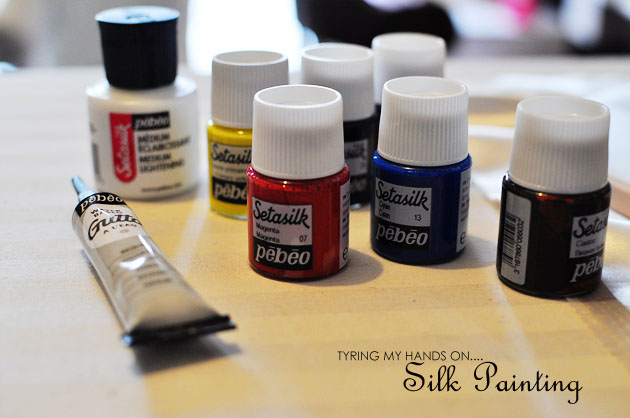 I have new crafting goal, I’m trying – silk painting. It all started when a customer asked for a silk wedding dress with a floral motif. I looked for fabric that is silk and has an asymmetrical floral motif on it, but was unable to find any. However while I searched, I found out about silk painting. I decided to make a dress in white silk and paint a floral motif on it.
I have new crafting goal, I’m trying – silk painting. It all started when a customer asked for a silk wedding dress with a floral motif. I looked for fabric that is silk and has an asymmetrical floral motif on it, but was unable to find any. However while I searched, I found out about silk painting. I decided to make a dress in white silk and paint a floral motif on it.
Silk painting can be done on silk that is stretched on some frame, like an embroidery hoop, using silk painting paints. It started in China, but is more popular in the U.S. and Europe, not so widely seen in Japan. There are a lot of supplies available in U.S. sites, and Dharma Trading is one of them. I was going to buy supplies from Dharma, but the shipping cost was high. So I went on to search Japanese sites that have silk painting supplies available. So far, I only found one: Yume Gazai (ゆめ画材).
There are a few essential materials you need for silk painting: silk paints (I bought SetaSilk, which is a water-based, non-toxic thin paint), Gutta (A resist is a substance that halts the spreading of dye or paint as an outline, or preserves the original color of the fabric in a shape or design), lightening medium (as you can’t use water to thin the color since it may fade), a frame to stretch silk, and brushes. I use an embroidery hoop to stretch silk, and watercolor brushes. As a starter, I bought a clear color gutta. 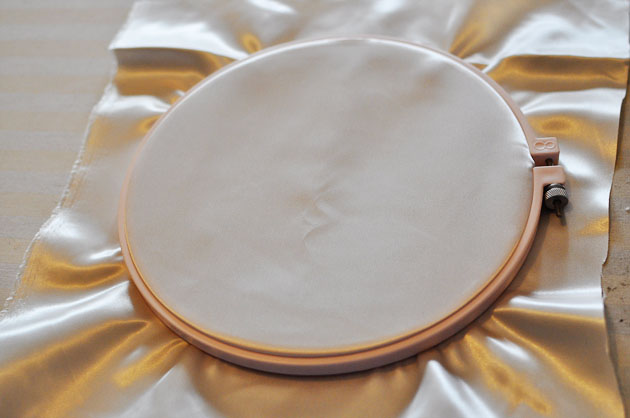
I am going to eventually purchase silk fabric to paint on, but for right now, I wanted to test on cheap fabric. I used off-white color 100% polyester satin. Above is a picture showing how I’m stretching the fabric.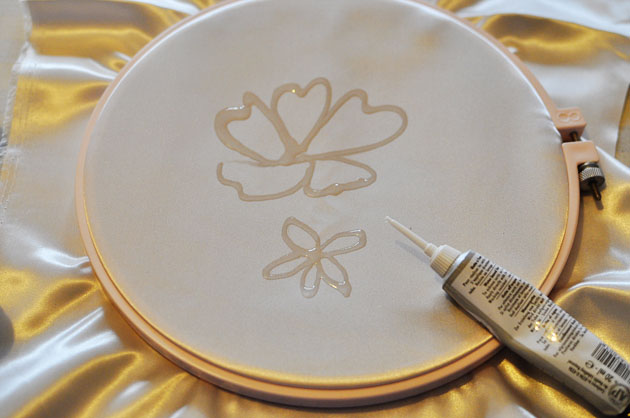 Then, using gutta, I drew the outer shape of the flower motifs. This is to avoid leaking of the silk paint; since the paint is like watercolor and spreads on the fabric canvas so quickly, if you want a clear line, you use gutta to stop it from leaking. It will take me a while to get use to using gutta. The gutta tube does not let me draw a very fine, thin lines. As you can see above, the line is quite thick and it will not work for the project I have in mind. Also, gutta took forever to dry.
Then, using gutta, I drew the outer shape of the flower motifs. This is to avoid leaking of the silk paint; since the paint is like watercolor and spreads on the fabric canvas so quickly, if you want a clear line, you use gutta to stop it from leaking. It will take me a while to get use to using gutta. The gutta tube does not let me draw a very fine, thin lines. As you can see above, the line is quite thick and it will not work for the project I have in mind. Also, gutta took forever to dry. 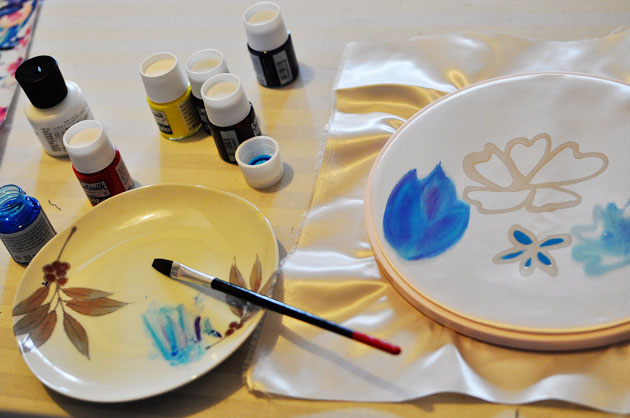
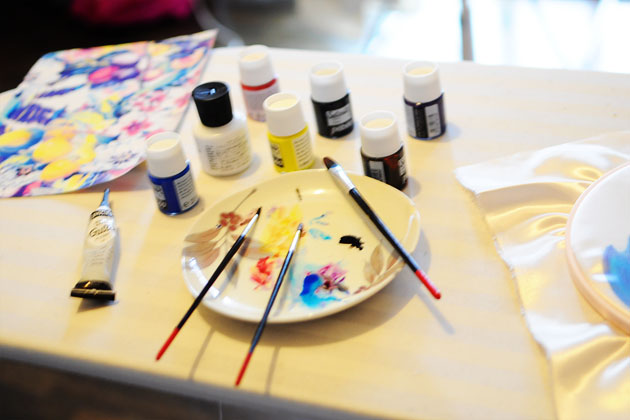
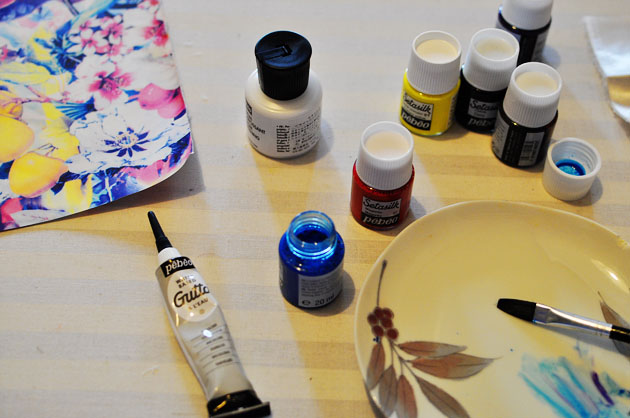 After that, painting is just like drawing with watercolor. You can mix the color and just paint. It will take a bit of practice to figure out how much the paint bleeds.
After that, painting is just like drawing with watercolor. You can mix the color and just paint. It will take a bit of practice to figure out how much the paint bleeds.
After finishing the paint, I let it completely dry for 24 hours and then iron to set the color. I set the iron in low-heat setting and iron the fabric in a circular motion. I hand-washed the fabric in cold water to see if the color fades, but it was ok! Not that I will wash silk fabric, it is good to know that the color is intact even after washing. 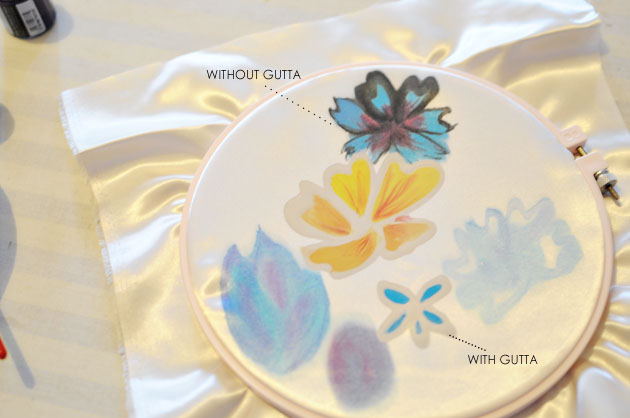 Above, you can see the motifs drawn using gutta and without gutta. I personally like it without gutta as the lines drawn with gutta look distracting. But at the same time, it might be hard to have bright colors without gutta. What do you all think?
Above, you can see the motifs drawn using gutta and without gutta. I personally like it without gutta as the lines drawn with gutta look distracting. But at the same time, it might be hard to have bright colors without gutta. What do you all think? 
{find me elsewhere: shop, facebook, etsy, twitter, pinterest}
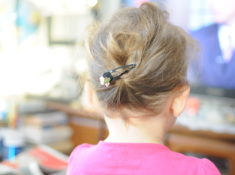 Video:: Twisted Hair Up-do Tutorial
Video:: Twisted Hair Up-do Tutorial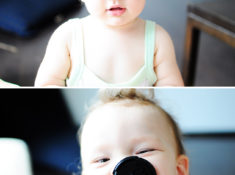 Mommy’s Diary 52: Measles Scare
Mommy’s Diary 52: Measles Scare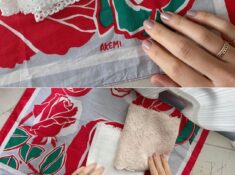 Collaboration with Takatsu Akemi ART GALLERY
Collaboration with Takatsu Akemi ART GALLERY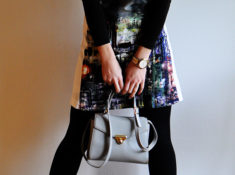 Made:: Kawasaki City Dress
Made:: Kawasaki City Dress
Nicole says
Look for some thickening agent- sodium alginate- which will help stop the spreading without having to use gutta. It doesn’t change the color of the dye, but just doesn’t make it runny. Good luck!
Chie says
Hi Nicole, is thickening agent something like this? http://www.dharmatrading.com/html/eng/217624-AA.shtml
When I contacted Dharma, that is what they recommended if I were to use in replacement of Gutta. I have not ordered it yet since I wanted to test Gutta first, but I might need it since I wasn’t completely happy with the result with Gutta.
Rhiannon says
Could you put some gutta in a little tub and paint it on with a fine brush? Or does the line have to be that thick to stop the paint bleeding? It’s a lovely idea, I wish I was artistic enough to do it!
Chie says
Hi Rhiannon, that is a great idea! I will have to try that next. The other issue I found with Gutta is that it changes the fabric texture a bit. The fabric becomes stiff and I worry that the silk might loose the sleekness.
Ginger says
Ooooh, how pretty! I tried silk painting for the first time a few weeks ago and found it took some real practice to apply the resist in a clean, not-too-thick way. But it’s really fun! I didn’t have a hoop, so I just taped the ends of the silk to a table (with a plastic tablecloth underneath) and stretched it as taut as possible.
Chie says
Hi Sonja, so nice that you did the silk paining too! It is a lot of fun, and think about the possibility of incorporating the technique in sewing! So fun!
Anyway, thanks for the table cloth suggestion. I have the clear plastic one, so I will try it next. The floral pattern will be in a bit part of the dress, so if I can avoid using hoop, that will be great!
rhinestic says
Very nice! I love the flower without the gutta. I have no experience in silk painting, but is there a way in making the gutta lines thinner? Or is there such thing as colored gutta?
Chie says
Hi! yes, Yume Gazai sells several different options of colored gutta, from black to orange to metallic!
sarah says
What a good idea and it looks so pretty. I can see the appeal of the gutta but it’s also really nice with-out.
I’ve been meaning to try silk-painting for a while more as an artistic thing, but now you’ve got me thinking about a silk painted skirt or a scarf even, thanks!! 🙂
Chie says
Silk painted scarf sounds so nice! I will have to try that as a practice, before I start on the dress! Thanks for the idea<3
susan says
that’s really pretty! i like the one without gutta – much more bold and vibrant. is there a specific color the customer wants? can’t wait to see how it will look like on silk!
Chie says
Hi Susan, the customer wants to use orange, with some purple and green. I’ve read that you can use salt as a fun effect for silk painting. So many possibilities!